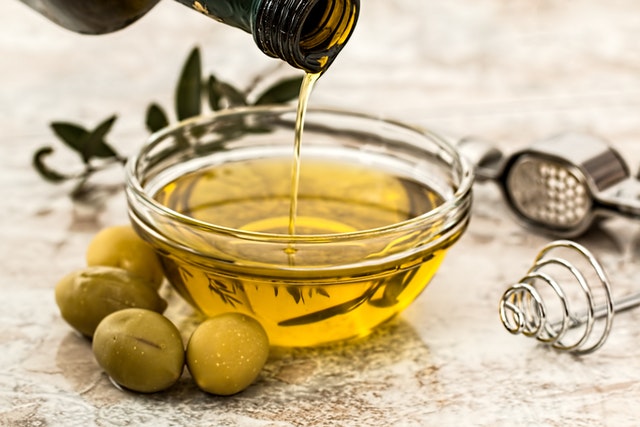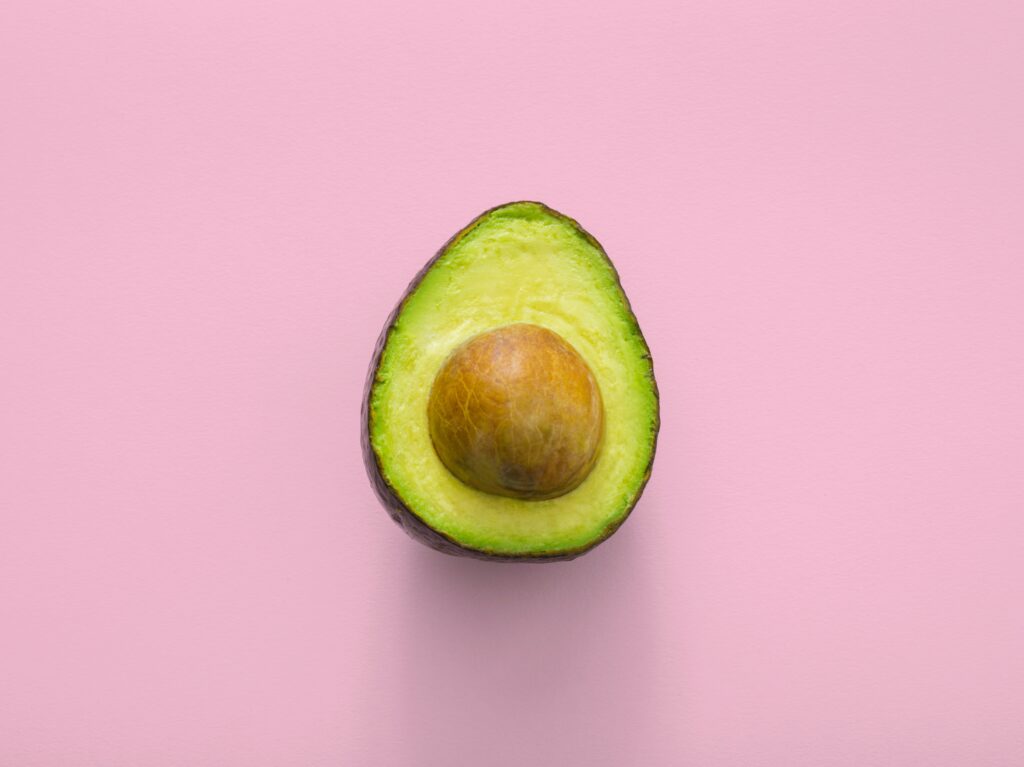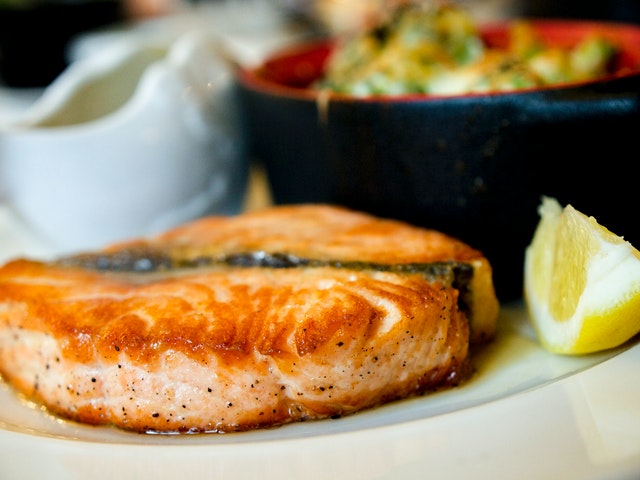Health enthusiasts often treat the word as taboo. Those among us, who pay extra attention to what and how we eat to keep ourselves healthy, often avoid fats from our diets. And there is a reason for that. Most of us feel that fats in the food we eat are entirely responsible for the body fats that we want to get rid of. This idea, however, is completely erroneous. Whether or not we eat fats, our body will have fat from other food sources. For example, our bodies store simple carbohydrates like sugar and refined grains as fats. What we need to remember is that fats aren’t all bad for us. There are hundreds of different kinds of fats in our body, and they are absolutely essential for our survival.
Fats are, in fact, one of the three macronutrients that our bodies need to function. In this article, we shall talk more about the sources of fats in our foods, and the kinds that are healthy and separate them from the fats that are unhealthy.
Unsaturated Fat: The good fat

Unsaturated Fats are fats that are beneficial to our health. These are fats that remain liquid at room temperature. Unsaturated fats help in improving cholesterol levels in our bodies. They also stabilize heart rhythm, reduce inflammation, and have several other health benefits. Some plant sources like- seeds, nuts, and vegetable oil are rich in unsaturated fats
Unsaturated Fats can be broadly classified into two groups:
Monounsaturated Fats:

Monounsaturated fats are molecules that have one unsaturated carbon to carbon double bond, which makes them liquid at room temperature. Fruits like avocado; seeds like pumpkin seeds and sesame seeds; and nuts, like almonds and hazelnuts contain lots of monounsaturated fats. Olive oil, Peanut oil, and Canola oil have high concentrations of monounsaturated fats as well.
Polyunsaturated Fats:

These are the most common type of fats that are found in the kitchen- Sunflower oil, corn oil, soybean oil, and flaxseeds oil are all sources of polyunsaturated fats. These fats have two or more double bonds in their carbon chain. Walnuts, flaxseeds, and fish are also great sources of polyunsaturated fats. Omega-3 fatty acids are an important type of polyunsaturated fat that is essential to our health. Omega-3 fatty acids improve heart health by reducing triglyceride and LDL and raising good HDL cholesterol. It also helps in bringing down blood pressure. Fatty fish like salmon, mackerel, and sardines are very good sources of omega-3. Omega-6 fatty acids are another type of polyunsaturated fat that’s good for our health. American Heart Association suggests that 8-10% of daily calories must come from unsaturated fats.
Saturated Fat: The in-between fat

Saturated fats are extremely common in the foods that we eat. The word saturated refers to the hydrogen atoms surrounding the carbon atom, which, in saturated fats, holds as many hydrogen atoms as possible. They are solid at room temperature. Red meat, Whole milk, and whole milk products, including cheese, butter, cookies, and a variety of fast-food dishes contain saturated fats.
We need to remember that all foods that have fats have a combination of fats. Even healthy foods like chicken and nuts have saturated fats, but are in much lesser quantity than in different kinds of red meat. American Health Association recommends limiting saturated fats to no more than 7% of total calories consumed. Although it has been widely believed, even by professionals, that saturated fats are bad for health; several new research found the evidence supporting the claim hasn’t always been backed by comprehensive data. But replacing saturated fats with unsaturated fats definitely improves our health.
Trans Fat: The bad fat

Hydrogenation of oil makes trans-fat. The process entails heating liquid vegetable oils in the presence of hydrogen gas and a catalyst. Partially hydrogenating vegetable oil makes the oil more stable and converts them into a solid that can withstand repeated heating without breaking down. This made hydrogenated oil cost-effective and has been extensively used by the fast-food industries that require repeated use of the same oil for frying. It is also used in preparing baked foods, processed snack food, and margarine. Apart from these artificially prepared sources of trans fat, they can also be found naturally in red meat and dairy in a small amount.
Trans fat is really bad for health. It reduces good cholesterol HDL and increases bad cholesterol LDL. Trans fat increases the chances of heart attack, stroke, diabetes, and other chronic conditions as it creates inflammation in our bodies. It also enhances insulin resistance. There is no safe level of trans fat consumption. United States has officially banned usage of trans fat in foods.
Sources of Trans Fat
The Nutrition Source of Harvard School of Public Health writes: “for each additional 2 percent of calories from trans-fat consumed daily, the risk of coronary heart disease increases by 23 percent.” Commercial baked goods, such as cakes, cookies, and pies, shortening, microwave popcorn, frozen pizza, refrigerated dough, such as biscuits and rolls, Fried foods, including French fries, doughnuts, and fried chicken, Non-dairy coffee creamer, stick margarine are some of the sources of trans fat. We should avoid these foods as much as possible.
It is best to be a conscientious eater. Fats are both good and bad- inevitable for our existence, yet can be extremely detrimental to our health. As conscientious eaters, we will be able to place fat in the broad context of the foods we eat, determine what kinds of fat the food source contains, then make an informed choice on whether we should or shouldn’t eat the food.



